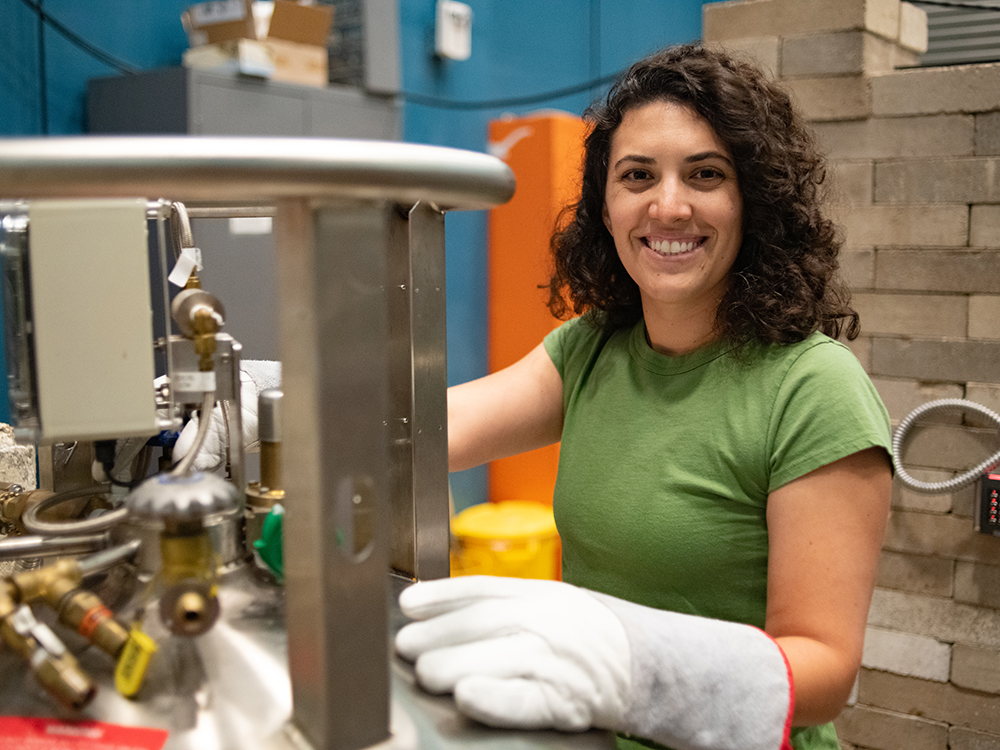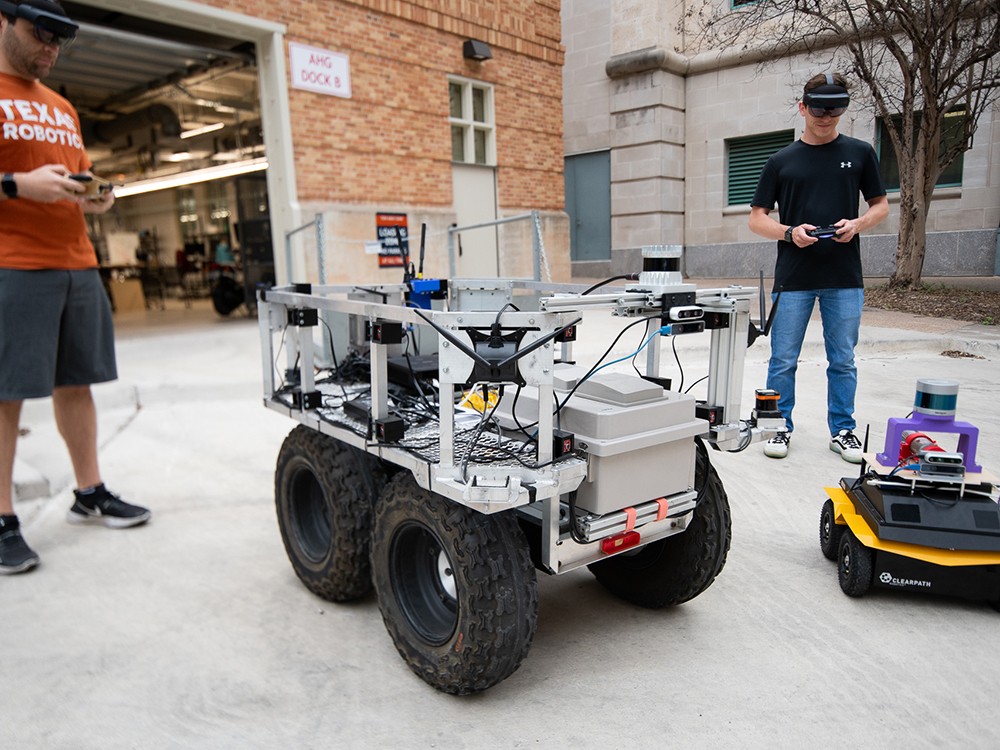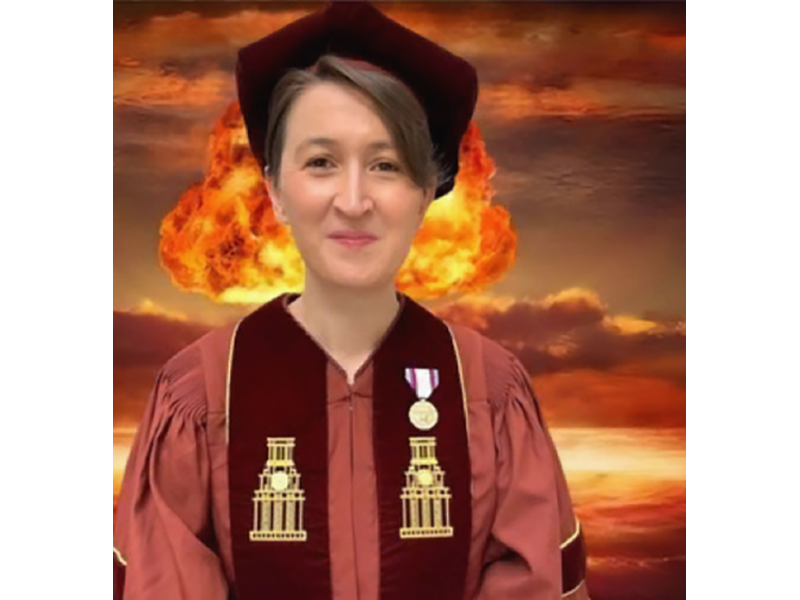Graduate Distance Learning Program in Nuclear and Radiation Engineering from The University of Texas at Austin
The distance learning program in graduate teaching and research has existed since 1999 in the Nuclear and Radiation Engineering (NRE) Program within the Walker Mechanical Engineering Department. It has served many graduate students in the national laboratories, industry and the Department of Defense who have sought advanced degrees while maintaining full time employment. The demographics of these students cover a wide range of ages from BSc recent graduates completing their MS/PHD degrees to those well along in their careers. The NRE distance learning program has matured into a well-disciplined entity with consistent, frequent student advising by faculty and comprehensive coverage of all NRE courses. We now offer experimental courses in Nuclear and Radiochemistry, and Gamma-Ray Spectrometry where the students take all the laboratory requirements in one weekend late in the semester while following the lectures on-line. Distance learning students who have graduated or are currently in the program are from Southwest Research Institute (San Antonio) , South Texas Project Nuclear Generating Station (Texas), Knolls Atomic Power Laboratory (KAPL), Bettis Atomic Power Laboratory, Sandia National Lab (Albuquerque and Livermore) , Pacific Northwest National Laboratory (PNNL), Brookhaven National Laboratory (BNL), Los Alamos National Laboratory (LANL), Oak Ridge National Laboratory (LANL), DoD (Army and Air Force), PANTEX, Department of Homeland Security, Sterigenics, MD Anderson Cancer Center, and Texas Department of Health Services Radiation Control Program.
Students apply directly to the program via the usual application process (http://www.me.utexas.edu/graduate-admissions/graduate-program/graduate-admissions-faq). Applications to the NRE program can be submitted throughout the year for a fall, spring or summer semester commencement. A minimum undergraduate GPA of 3.0 (although the typical incoming graduate student has higher GPA scores of 3.5 or better) is required along with very good Graduate Record Exams (GRE) scores. Typically, the applicant is considered on the basis of a combination of GPA, GRE, work experience, letters of reference, and a written statement of personal interest in the NRE Program. Students who have GPAs less than 3.0 or poor GRE scores are discouraged from applying. Since all the students are self-supporting they can apply off cycle and start in any semester. Students may transfer up to two courses from another university for the MS degree, if they have not been counted for a degree, but no courses are transferable for the PhD degree.
A comprehensive description of courses at the undergraduate and graduate levels is given in http://www.nuclear.engr.utexas.edu/current-students/courses. An undergraduate senior level course in Nuclear Power Systems is also offered for students with minimal nuclear engineering background and this course counts towards the MS degree. There is a two week intensive course given on campus called Radiation and Radiation Protection Laboratory (undergraduate) and Nuclear Health Physics Laboratory (graduate) which is not mandatory for the MS degree but strongly recommended for the PhD degree for those students who have never taken a course in nuclear instrumentation. Two courses in gamma-ray spectrometry and Nuclear and Radiochemistry are also offered with the off-campus students taking a series of laboratories over a weekend.
The Nuclear and Radiation Engineering program at The University of Texas at Austin has extensive experience delivering educational content to distance learning students. All the courses are digitally captured with Mediasite hardware and software. This software allows for simultaneous capture of the classroom computer display along with video and audio from the classroom. An example of such an output is seen on this web page. A Smartboard is utilized so instructors may write on the lecture slides and have the writing recorded in the digital video. To utilize the nuclear reactor for distance learning laboratories, in-house software has been developed providing a real-time remote display of the reactor conditions. Users may connect to this display via remote desktop, or a laboratory may be recorded with the Mediasite software. The software allows for recording of time-series data for numerous reactor parameters.









